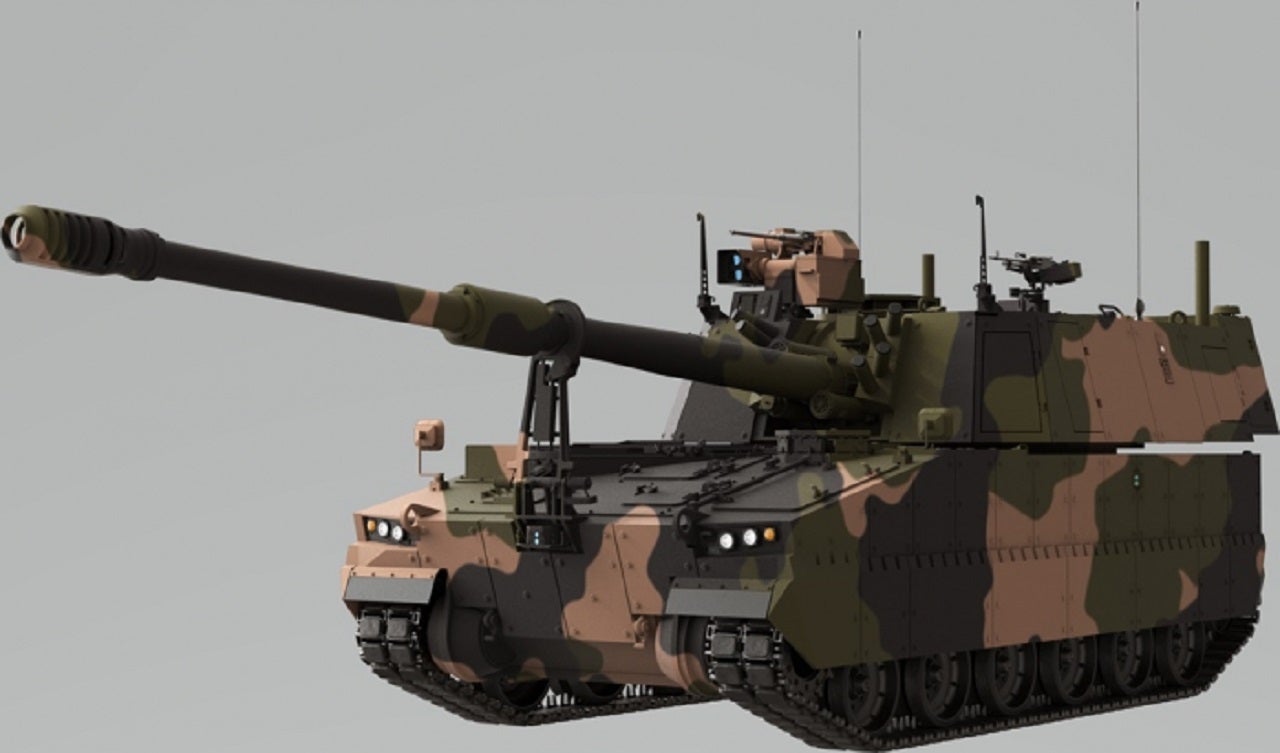.wonder why manufacturing has all but disappeared in Australia....
Because of Automation?
Because of under investment?
Because lack of Australian companies?
Because lack of research and development?
Because of a lack of value of the manufacturing sector?
Because of globalized supply chains that internationals have lock us out of?
Because of lack of market access with a one sided FTA with the US, China, Thailand etc and lack of any trade agreement with the EU due to disagreement on agricultural export mostly over naming of agricultural products?
Because of government policy that is explicitly hostile to local manufacturing?
Because of government policy regarding prioritizing mining and keeping the dollar excessively high for an unsustainable period?
No, I don't think the lunch breaks are the key reason why Egypt (or South Korea, or Germany or the US) are able to keep a manufacturing sector, and the reason we don't have manufacturing here.
We are a service economy that doesn't make tangible items because that what is what we, as a nation deemed important over everything else. We make lots of lawyers, real estate agents, accountants and politicians. All of these are paid outrageous amounts of money, and have far more outrageous work demands. Not sure how these elements of the economy will help us in a global war, or global economic collapse, I guess we will see.
Yes, there is a huge cost to build a factory to build just 30 + 15 x SPA. It is like building a car factory, to build just 30 cars. Or a ship building yard (well actually 3 ship yards) to build just 3 destroyers and then make it sit idle for 8+ years. Presumably it will get some use performing in country maintenance, upgrades, and possibly future builds.
Also compare the build it in Australia with the MOTS M1 program. Obviously a very different program, but just an exploration, humor me. At least we are comparing two Australian land programs.
The K9 is what $788/45 = $17.5m per item project
The m1a2 is what $3.5b/120 = $29.17m per item project
Given a comparison, the Huntsman program isn't particularly poor value as it may seem on the surface. The huge cost of the huntsman program isn't centrally with local production, its that military equipment is expensive if you operate it.
Egypt also has had mix success of local construction, see their M1A1 program.
Seems like buying off the shelf from overseas, isn't in fact possibly any cheaper over the life of the program. Not only do you loose the local capability, the strategic robustness of being able to do things yourself, the local spending of local dollars for the national economy, the creation of a wider defence industry, creation of skilled civilian jobs, the ability to use military production as a form of diplomacy, with civilian industry aspects, but over the life of the program it may actually cost you less dollars and give you a better outcome with better availability.
We saw this with surface ships, submarines, tanks, planes, rifles, missiles, etc. Repeated over 100 years of Australian history.
Not every item needs to be built entirely here. But, we need to sustain and operate the item here. Consumables need to be built here, repairs made here, upgrades planned, managed and executed here, etc.
Purchase price is actually usually the smallest aspect of the cost of an item.
Manning, operating, storage, training, maintenance, upgrades etc are usually many times the initial cost of the item. Saving a few bucks on purchase price is completely false economy if it blows out your other costs for the item. If the item doesn't work, can't deploy, isn't available, then you have spent your money very poorly indeed. It is never about a drive away, single item price. Ever.

www.defensenews.com



